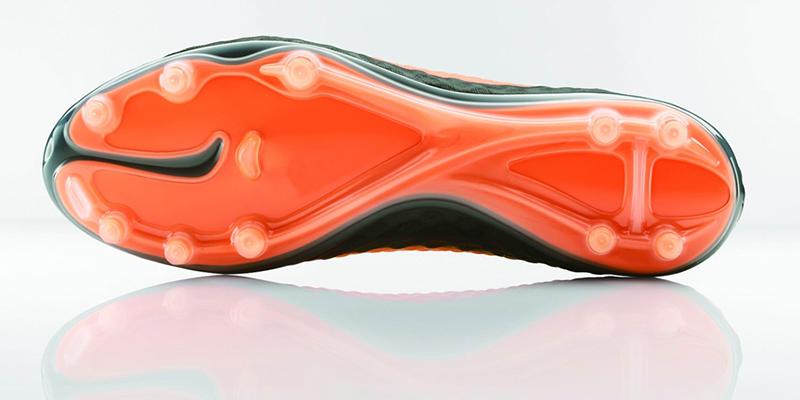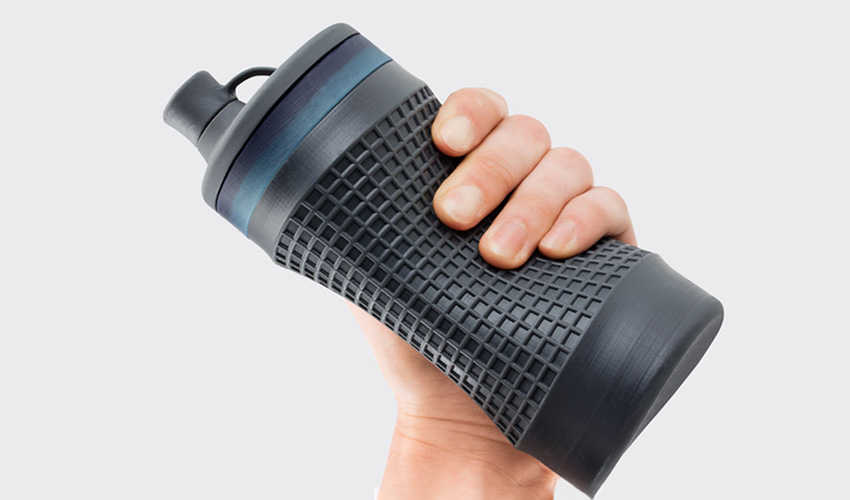Can you 3D print rubber? Is a question we have come to find common, probabaly owing to the vast field of 3D printing and its intricacies today.
In our most recent articles, we have shed a lot of light on many aspects of 3D printing and what you can expect as well as do to get the best of your prints.
But as we know the field of 3d printing is multifaceted and a range of materials to consider along with other factors.
Hence answering this question “can you 3D print rubber ‘becomes increasingly necessary.
While, rubber is one of the materials that originally is considered unfit for the 3D printing process, and the answer is a simple NO, due to many reasons.
Some of which include:
The characteristics of Rubber material is sticky and when hot-pressed into a mold, and cools, undergoes vulcanization, to transition into a solid state, and retain its shaped form.
But rubber does not revert to a fluid state upon reheating; rather, it burns, making it unsuitable for the process. Successful 3D printing requires a material that is capable of transitioning into a fluid state controllably.
Rubber is an organic material, and its properties cannot be affected.
Alternatives to Rubber for 3D Printing
Here are a few possible alternatives to Rubber
While Rubber is unsuitable for 3D printing, there are some alternatives to it. These are called Synthetic materials or Thermoplastic elastomers (TPE’S).
TPE’s are good materials for 3D printing, it melds the flexibility of rubber with the meltable nature required for 3D printing. TPU filament has the same flexibility as rubber but melts at 60°C.
With TPU the hardness, resistance to heat and abrasion can be determined, while ensuring to get the desired and most optimal properties.
Differences between Rubber and TPU for 3d printing
Flexibility and Durability:
In terms of flexibility and durability as we answer the question can you 3D print with Rubber? Best, to be aware that rubber is well known for its elasticity and durability.
TPU on its part offers a fair level of flexibility, but can be trimmed by making alterations to the printing parameters, an advantage over rubber.
Melting Point: Also, when it comes to 3D printing it’s important for a material to have a controllable melting point and here again TPU takes the spotlight.
Unlike rubber that when reheated, burns, TPU melts at around 60°C, giving it an edge over rubber.
Heat Resistance and Abrasion: Rubber properties are most likely maintained across a wide temperature range, TPU’s heat resistance can be adjusted to fit the application. Also, TPU has impressive abrasion resistance.
Organic vs Synthetic: Rubber, being organic, has a fixed set of properties. TPU, being a synthetic material, offers some room for customization where hardness, heat resistance, and other properties are involved making it a better choice for different usages.
Cost and Availability: TPU’s rising popularity in the 3D printing industry has brought about availability and affordability.
Understanding the distinctions between rubber and TPU, as well as their pros and cons, will guide individuals and industries in making informed decisions on choosing materials for 3D printing flexible objects.
With the appropriate equipment and expertise, the challenges of 3D printing with TPU can be navigated, thereby unlocking its full potential in 3D printing applications.
Also Read: Can 3D Printers Print Silicone?
Pros and Cons of TPU for 3D Printing
The pros and cons of both rubber and Thermoplastic Polyurethane (TPU) will help you to know what materials indeed work, for individuals and industries looking to 3D print flexible objects. Its properties provide a similar semblance to rubber while being adaptable to the 3D printing process.
However, TPU has its share of advantages and disadvantages when it comes to 3D printing. Below are a few:
Pros:
Flexibility: TPU is highly flexible with similar elasticit properties like rubber, making it ideal for a number of applications that requires flexibility.
Customizability: The hardness, heat resistance, and abrasion properties of TPU can be tailored to cater to specific necessities.
Durable: TPU is a durable material, with good resistance to abrasion, wear, and tear, which has proven necessary for industrial applications.
Recyclability: Being a thermoplastic material, TPU can be recycled, which is beneficial from an environmental standpoint.
Wide Range of Applications: TPU is great for diverse applications both consumer goods an industrial purposes due to its versatility.
Cons:
Printing Speed: TPU works ideally with a slower printing speed to ensure accurate deposition, compared to other 3D printing materials like PLA or ABS.
Printing Difficulty: TPU is a bit tasking for amateurs and usually requires properly calibrated printer and a rich understanding of the printing settings.
Printer Compatibility: Some 3D printers are not equipped to handle TPU’s flexibility. Printers with a direct drive extruder are better suited for printing with TPU.
Areas of 3D Printed TPU Application
The versatility of Thermoplastic Polyurethane (TPU) is useful for a diverse set of applications, to bring about innovative solutions. Below are some notable application examples of 3D printed TPU
Sealing Rings:
Saeling rings are a product of TPU’s inherent flexibility and durability making it the ideal material for manufacturing sealing rings. 3D printed TPU sealing rings can be made to appropriately fill specific dimensions and tolerances, ensuring an effective sealing.
Footwear:

TPU is extensively used in most footwear industries to create flexible yet durable and artistically designed shoe soles. 3D printing with TPU also gives room for customized designs catering to different footwear needs, such as – athletic shoes, orthopedic insoles, or fashion-forward footwear.
Similarly, TPC is used to produce several sporting gears like custom grips, flexible guards, and performance-athletic gear etc to cater to athletes individual needs as well as enhance comfort and functionality.
Protective Cases:

Another application of TPC is in the manufacture of protective cases, to protect against fall, wear etc. TPU offers a blend of shock absorption materials without selling short its aesthetic appeal on this product for consumers. Its capacity to withstand daily frictional wear, but maintains a sleek appearance is highly valued.
Automotive Components:
TPU’s resistance to abrasion and flexibility is useful in the automotive industry for parts like, couplings, flexible hoses and bushings. It also supports rapid prototyping and customization of these components to suit particular vehicle models.
Medical Devices:
In the medical field, TPU’s application is found in the creation of flexible components such as tubing, cushioning, and various wearable devices and Its biocompatible variants can be employed in direct contact with the body, making it an ideal material for medical products.
Customized Promotional Products:
The ease of customization with 3D printing allows for the creation of personalized promotional products. TPU can be used to create unique items that are both functional and aesthetically fulfilling.
Alternative Materials for Flexible 3D Printing
While Thermoplastic Polyurethane (TPU) stands as a popular choice for flexible 3D printing, there are other materials in the market that also offer flexibility alongside other distinct properties.
Exploring these alternatives can provide a broader perspective and more options when embarking on projects requiring flexible components. Here are some of the alternative materials for flexible 3D printing:
Polyether Block Amide (PEBA): PEBA is recognized for its high elasticity and strength, resembling rubber-like properties. It’s suitable for applications where excellent mechanical properties and flexibility are required.
FilaFlex: This is a proprietary blend that boasts extreme flexibility, making it one of the most flexible 3D printing materials available. It’s ideal for applications where high flexibility is the priority.
Elastollan (TPU-based): Elastollan is a type of TPU material but with variations in its formulation to cater to different application needs. It’s available in different grades to match varying levels of hardness and flexibility.
FAQS
Can you 3D print silicone rubber?
Yes, it is possible to 3D print silicone rubber using specialized 3D printing technology. There are certain types of 3D printers that are designed to handle silicone material, and they extrude liquid silicone rubber (LSR) which is then cured with heat or UV light to solidify. The process allows for the creation of flexible, durable, and heat-resistant silicone parts.
Can you 3D print soft plastic?
Yes, you can 3D print soft plastic materials. Thermoplastic elastomers (TPE) and thermoplastic polyurethane (TPU) are examples of soft plastic materials that are commonly used for 3D printing. They can be extruded through a 3D printer to create flexible and soft plastic parts. The degree of softness can be controlled by adjusting the printing settings and the specific type of soft plastic material used.

